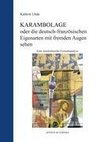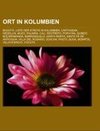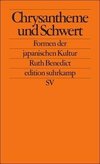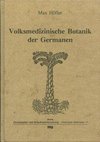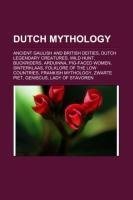
Dutch mythology
Source: Wikipedia. Pages: 30. Chapters: Ancient Gaulish and British deities, Dutch legendary creatures, Wild Hunt, Buckriders, Arduinna, Pig-faced women, Sinterklaas, Folklore of the Low Countries, Frankish mythology, Zwarte Piet, Geniscus, Lady of Stavoren,... Viac o knihe
Produkt je dočasne nedostupný
14.08 €
bežná cena: 16.00 €
O knihe
Source: Wikipedia. Pages: 30. Chapters: Ancient Gaulish and British deities, Dutch legendary creatures, Wild Hunt, Buckriders, Arduinna, Pig-faced women, Sinterklaas, Folklore of the Low Countries, Frankish mythology, Zwarte Piet, Geniscus, Lady of Stavoren, Church of Santi Michele e Magno, Witte Wieven, Kabouter, Continental Germanic mythology, Gnome King Kyrië, Saeftinghe legend, Oude Rode Ogen. Excerpt: Stories of pig-faced women originated roughly simultaneously in Holland, England and France in the late 1630s. The stories told of a wealthy woman whose body was of normal human appearance, but who had the face of a pig. In the earliest forms of the story, the woman's pig-like appearance was the result of witchcraft. Following her wedding day, the pig-faced woman's new husband was granted the choice of having her appear beautiful to him but pig-like to others, or pig-like to him and beautiful to others. When her husband told her that the choice was hers, the enchantment was broken and her pig-like appearance vanished. These stories became particularly popular in England, and later in Ireland. The magical elements gradually vanished from the story, and the existence of pig-faced women began to be treated as fact. The story became particularly widespread in Dublin in the early 19th century, where it became widely believed that reclusive 18th-century philanthropist Griselda Steevens had kept herself hidden from view because she had the face of a pig. In late 1814 and early 1815, rumour swept London that a pig-faced woman was living in Marylebone. Her existence was widely reported as fact, and numerous alleged portraits of her were published. With belief in pig-faced women commonplace, unscrupulous showmen exhibited living "pig-faced women" at fairs. These were not genuine women, but shaven bears dressed in women's clothing. Belief in pig-faced women declined, and the last significant work to treat their existence as genuine was published in 1924. Today, the legend is almost forgotten. While stories of pig-faced women vary in detail, they have the same basic form. A pregnant noblewoman would be approached by a beggar accompanied by her children, and would dismiss the beggar, and in so doing would in some way compare the beggar's children to pigs. The beggar would curse the pregnant noblewoman, and come the birth of the child it would be a girl, healthy and perfectly for
- Vydavateľstvo: Books LLC, Reference Series
- Formát: Paperback
- Jazyk:
- ISBN: 9781156122860


 Anglický jazyk
Anglický jazyk 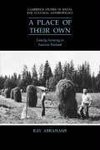

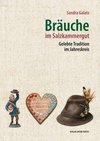
 Nemecký jazyk
Nemecký jazyk 